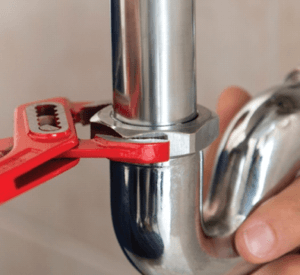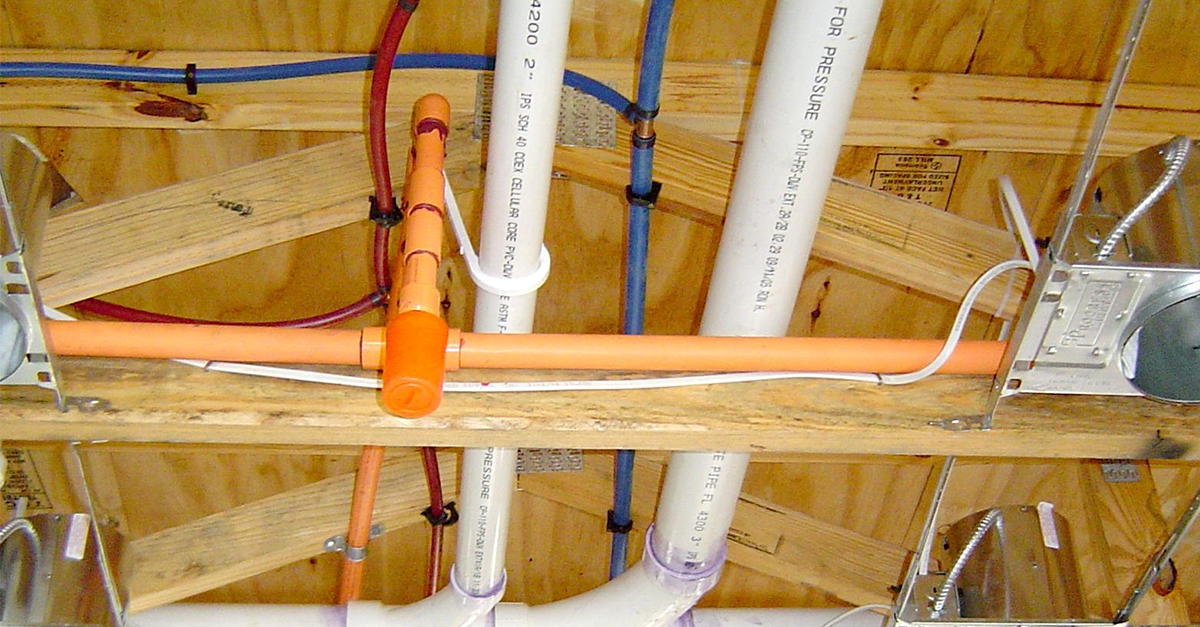Comprehending the Foundations of Home Plumbing: A Beginner's Primer
Comprehending the Foundations of Home Plumbing: A Beginner's Primer
Blog Article
This great article further down about How Does the Plumbing Work in Your Home? is really enlightening. You should see for yourself.

Plumbing is a necessary aspect of any home, in charge of providing tidy water for alcohol consumption, food preparation, and bathing, in addition to eliminating wastewater securely. Understanding the fundamentals of home plumbing is vital for each home owner to ensure correct maintenance, troubleshooting, and, if required, fixings. In this novice's guide, we'll cover the basic principles of home plumbing to aid you end up being more aware of how it functions.
Water Furnace
The water heater is in charge of home heating water for residential use, consisting of bathing, food preparation, and cleansing. Common sorts of water heaters consist of tank-type water heaters, tankless (on-demand) hot water heater, and heatpump water heaters. The hot water heater is linked to the water system and delivers hot water to plumbing components as needed.
Drain System
The drainage system removes wastewater from your home and carries it away to a sewer therapy facility or septic tank. It consists of a network of pipes, fittings, and components that transport wastewater from plumbing components to the major drain line or septic system. Correct drain is important to stop obstructions, back-ups, and sewer leaks.
Air flow System
The air flow system assists maintain proper air pressure and protect against sewer gases from entering your home. Air vent pipelines, likewise called air vent stacks, extend from plumbing components to the roofing system, allowing sewage system gases to leave safely outdoors. Ventilation pipes likewise permit air to go into the drain system, helping with smooth wastewater flow and avoiding suction or vacuum impacts.
Water System System
The water system system brings clean water right into your home from a community water resource or an exclusive well. It includes a major water line that links to your home's plumbing system, usually situated underground. A water meter gauges the quantity of water consumed, while a shut-off shutoff permits you to manage the circulation of water into your home.
Plumbing Components
Plumbing fixtures are gadgets that deliver water to numerous parts of your home and include sinks, taps, bathrooms, showers, bath tubs, and home appliances such as dishwashing machines and cleaning equipments. Each component is linked to the supply of water system through pipes and fittings and might have its shut-off valve for maintenance or emergency situations.
Common Plumbing Devices
Having the right tools on hand is crucial for performing standard plumbing repair work and upkeep jobs. Usual plumbing tools consist of flexible wrenches, pipe wrenches, pliers, pipeline cutters, hacksaws, plungers, augers (or drainpipe snakes), and Teflon tape. Having these devices easily available can aid you deal with small plumbing problems efficiently.
Standard Plumbing Repair Services
While some plumbing repairs may require expert aid, several typical problems can be resolved with basic DIY techniques. Learning exactly how to repair a leaking tap, unblock a drainpipe, change a toilet flapper, or repair a trickling showerhead can save you time and money on plumbing repair work.
Verdict
Recognizing the essentials of home plumbing is crucial for each homeowner to keep a risk-free, functional, and effective plumbing system. By acquainting on your own with the supply of water system, plumbing fixtures, drainage system, air flow system, common plumbing devices, and basic repair work, you can with confidence address minor plumbing concerns and guarantee your home's plumbing system runs efficiently.
Plumbing for Beginners: A Comprehensive Guide
If you’re a beginner when it comes to plumbing, don’t worry; you’re not alone. Plumbing may seem intimidating, but with the right knowledge and a little practice, you can handle many common plumbing issues on your own. In this comprehensive guide, we will demystify the world of plumbing for beginners, providing you with the basic knowledge and skills needed to tackle common plumbing problems and even take on some DIY plumbing projects.
The Importance of Basic Plumbing Knowledge for Beginners:
First and foremost, basic plumbing knowledge gives you a solid foundation. It helps you grasp the key concepts and terminology that are essential in this field. By learning the basics, you’ll be able to build upon that knowledge and tackle more complex plumbing tasks in the future.
Having a basic understanding of plumbing also enables you to handle common issues that may arise in your home. Picture this: a leaky faucet or a clogged drain. With some basic plumbing knowledge, you’ll have the confidence to troubleshoot and fix these problems on your own. It saves you from unnecessary expenses and the hassle of waiting for a professional to arrive.
As a beginner, learning the basics of plumbing empowers you to take care of your own home. It gives you a sense of independence and self-reliance. You’ll no longer have to rely solely on professionals for every small issue that pops up. Instead, you can handle many tasks yourself, saving time and money in the process.
Remember, everyone starts as a beginner. Embrace the learning process and take small steps to expand your plumbing knowledge. There are plenty of online resources, tutorials, and even local workshops that talk about plumbing for beginners.
Essential Tools for Plumbing for Beginners
As you start your plumbing journey, having the right tools in your toolbox is crucial. Let’s explore some of the must-have tools:
Adjustable Wrench:
This versatile tool is a staple in any plumber’s toolbox. It allows you to tighten or loosen nuts and bolts of various sizes. Make sure to have an adjustable wrench with a comfortable grip.
Pipe Wrench:
A pipe wrench is specifically designed for gripping and turning pipes. It has serrated jaws that provide a strong grip, making it easier to loosen or tighten threaded pipes and fittings.
Plunger:
The plunger is a simple yet effective tool for clearing clogged drains and toilets. It creates suction when you push and pull, helping to dislodge blockages. Keep a good-quality plunger handy for those unexpected clogs.
Pipe Cutter:
When it comes to cutting pipes, a pipe cutter is your go-to tool. It creates clean, precise cuts without damaging the pipe. Look for a pipe cutter that can handle the pipe sizes you’re working with.
Hacksaw:
A hacksaw is useful for cutting through pipes, screws, and other materials. It’s a versatile tool that can handle different cutting tasks. Remember to use a blade suitable for cutting metal.
Tape Measure:
Accurate measurements are crucial in plumbing. A tape measure allows you to measure pipe lengths, distances, and dimensions accurately. Opt for a sturdy tape measure that extends a good length.
Pliers:
Pliers come in handy for various tasks, such as gripping, bending, and cutting. Slip-joint pliers with adjustable jaws are great for gripping pipes, nuts, and bolts.

Do you like more info about ? Give feedback below. We'd be happy to listen to your thinking about this piece. We are looking forward that you come back again later on. Appreciated our blog entry? Please quickly share it. Help others check it out. Many thanks for your time. Kindly come by our site back soon.
Details Here Report this page